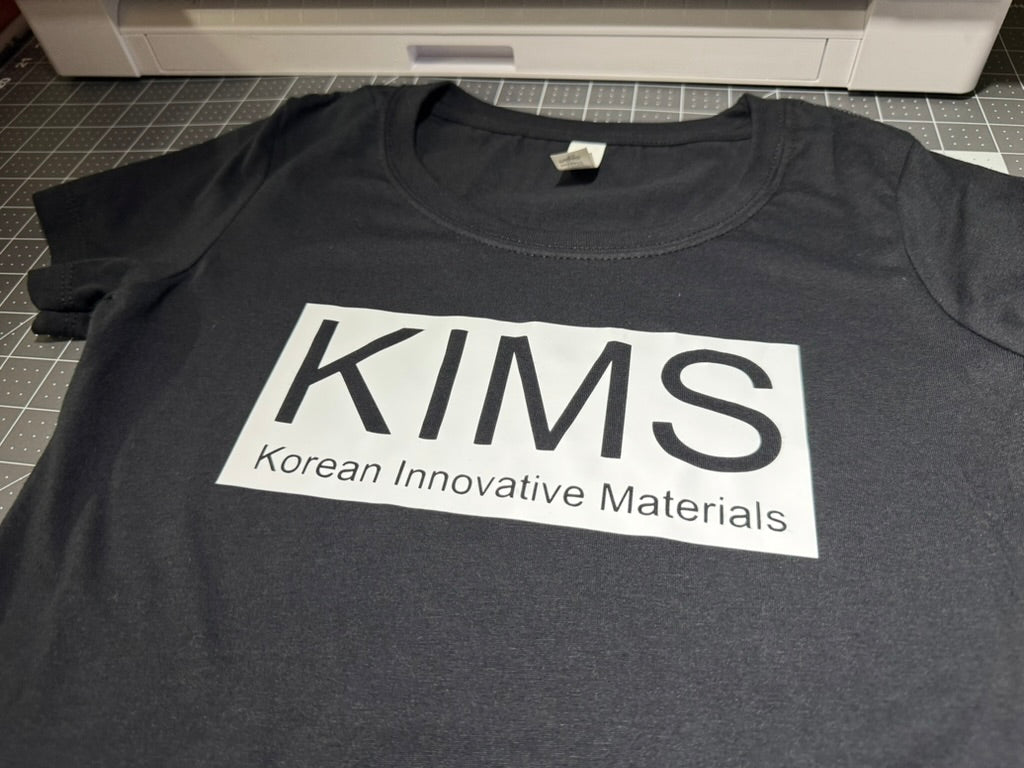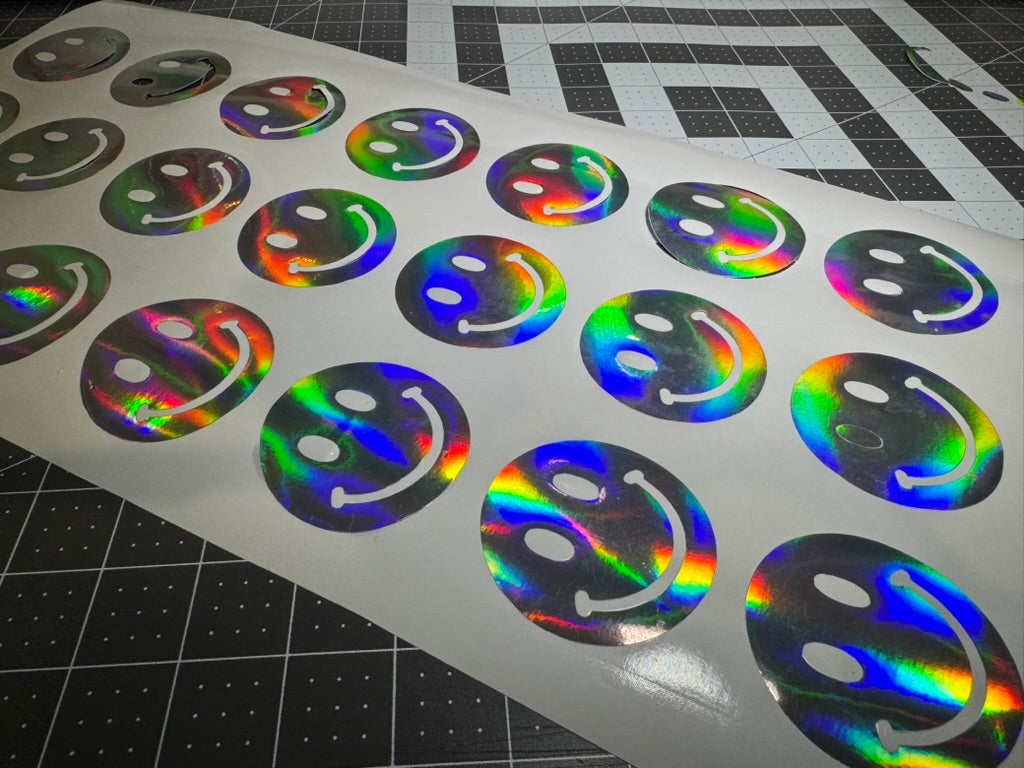When it comes to creating custom apparel, two of the most popular methods are Heat Transfer Vinyl (HTV) and screen printing. Both techniques have their own strengths and weaknesses, making them suitable for different needs, whether you're crafting at home or running a small business. In this article, we’ll compare HTV and screen printing in terms of cost, durability, ease of use, and best applications to help you choose the right method for your projects.
What Is Heat Transfer Vinyl (HTV)?
HTV is a thin, flexible vinyl material that adheres to fabric when heat and pressure are applied. It comes in various finishes, including matte, glitter, metallic, and flock, making it a versatile option for personalized designs. HTV is commonly used with a cutting machine (such as a Cricut or Silhouette Cameo) and a heat press or household iron to transfer designs onto fabric.
Pros of HTV:
-
Great for small batches – Ideal for one-off designs or small production runs.
-
Easy to use at home – Requires minimal setup and equipment.
-
Customizable – Works well for intricate, multi-colored designs with various textures.
-
No drying time – Once pressed, the design is ready to wear.
Cons of HTV:
-
Time-consuming for large orders – Weeding and pressing individual pieces can be slow.
-
Durability varies – Some HTV types may fade or peel after multiple washes.
-
Limited scalability – Not ideal for mass production.
What Is Screen Printing?
Screen printing involves creating a stencil (or screen) and using it to apply layers of ink onto fabric. This method is widely used for large-scale apparel production and is known for its durability and vibrant colors. Each color in the design requires a separate screen, making it more suitable for bulk orders with fewer colors.
Pros of Screen Printing:
-
Extremely durable – Designs last through hundreds of washes without fading or peeling.
-
Cost-effective for large orders – The more shirts you print, the lower the cost per unit.
-
Vibrant and bold colors – Produces a professional-quality finish with rich, opaque inks.
Cons of Screen Printing:
-
High setup costs – Requires screens, inks, and drying equipment, making it expensive for small orders.
-
Limited to fewer colors – Multi-color designs require multiple screens, increasing complexity and cost.
-
Messy and time-consuming – Involves ink mixing, drying, and cleanup.
HTV vs. Screen Printing: A Side-by-Side Comparison
| Feature | HTV | Screen Printing |
|---|---|---|
| Best For | Small batches, personalization | Large orders, bold designs |
| Durability | Good, but may peel over time | Excellent, lasts for years |
| Cost | Low startup cost | High setup cost, but cheaper per unit in bulk |
| Complex Designs | Great for multi-color & textured designs | Better for simple, bold graphics |
| Production Speed | Slow for large orders | Fast for bulk printing |
Which Method Should You Choose?
-
Choose HTV if: You’re making customized or small-batch items like one-off t-shirts, team jerseys, or personalized gifts. HTV is perfect for DIY crafters and small businesses that don’t require mass production.
-
Choose Screen Printing if: You need high-quality, durable designs for bulk production. This method is ideal for businesses, schools, and event merchandise that require large quantities at a lower cost per unit.
Conclusion
Both HTV and screen printing offer unique benefits depending on your project needs. If you’re looking for a versatile and beginner-friendly method, HTV is a great choice. However, if longevity and bulk production are your priorities, screen printing is the way to go. By understanding the differences, you can make the best decision for your custom apparel business or DIY crafting projects!







